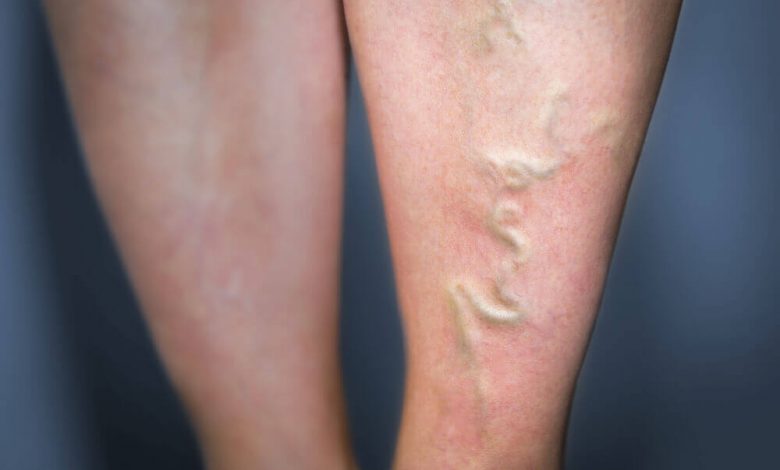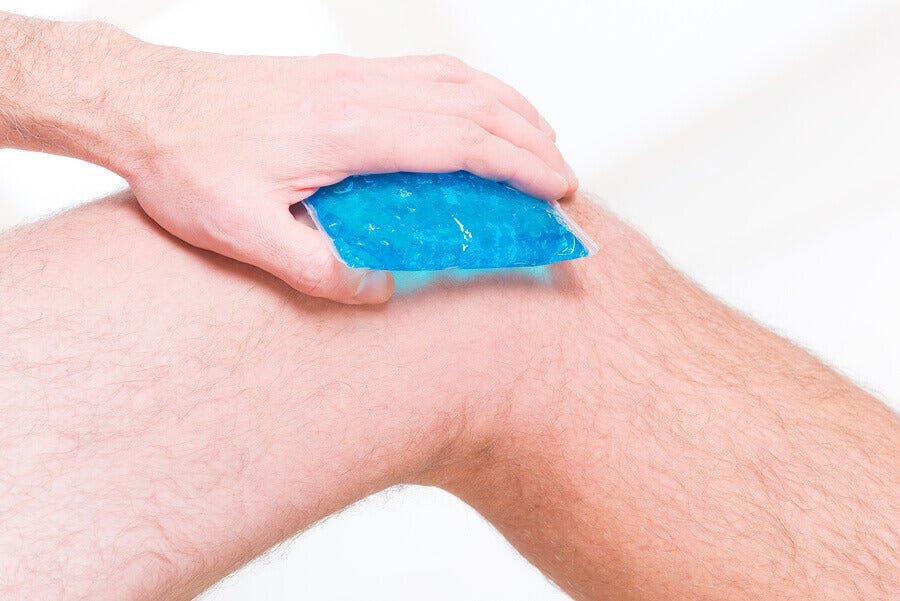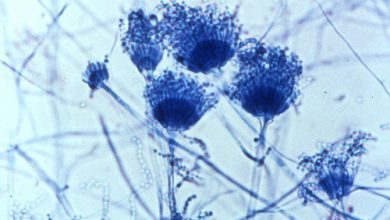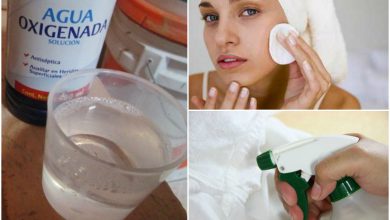How To Treat Phlebitis With 5 Solutions Of Natural Origin

Superficial phlebitis is a very common disease that, fortunately, can be treated. Therefore, those who receive the diagnosis can lead a normal life and enjoy well-being.
Of course, while following the treatment, they must maintain good lifestyle habits. This means that they should eat healthy, avoid excesses (even carbonated drinks) and exercise daily.
Now, you may be wondering: are there some natural solutions that can contribute to relief? Yes, and we will discuss them all in detail below. Do not miss it!
What is phlebitis?
Phlebitis is venous inflammation that occurs accompanied by blood clots adhering to the wall of the affected vein. It is frequent that it appears in people of the third age, although this does not mean that it cannot appear in people of other ages.

Experts at the Texas Heart Institute clarify that there are two types of phlebitis. The most common is superficial phlebitis, that is, the one that involves the swelling of a vein that is close to the surface of the skin of the leg.
To understand this better:
- Superficial phlebitis: it is the most common and involves the swelling of a vein that is close to the surface of the skin, usually in the leg.
- Deep phlebitis: it is the swelling of the veins that are inside the leg is less common but more serious.
On the other hand, it should be mentioned thrombophlebitis, which consists of venous inflammation accompanied by the formation of a thrombus (clot attached to the wall); in the case involving superficial veins they are not usually serious.
The condition of the deep venous system, thrombophlebitis is complicated, since there is a risk that the clots move to the rest of the body and obstruct the arteries in other territories with the consequent damage that this implies. This would cause blood flow to be obstructed, tissues to die, and could even end the person’s life.
Causes of phlebitis
Phlebitis is caused by blood clots that inflame the veins. This, in turn, leads to discomfort such as pain, numbness, burning, redness of the skin, and fever. When these symptoms appear it is important to go to the doctor for a proper checkup, diagnosis and treatment.
The origin of phlebitis can vary. In many cases, genetic factors play a very important role.
Sedentary lifestyle is another cause, since people who work long hours sitting tend to present this pathology. This is due to the lack of blood circulation in the veins.
Thick blood from toxins accumulated in the blood is also a cause of phlebitis. Strokes, infections, obesity, and being overweight also contribute to blocked veins.
How to avoid phlebitis?
- Maintaining a healthy weight.
- Drinking plenty of water a day, depending on thirst.
- Taking a balanced diet and according to the needs of the body. The Harvard dish and the Mediterranean diet can be good references.
- Consuming foods rich in fiber and antioxidants regularly.
- Minimizing the consumption of junk food, groceries and industrial and ultra-processed beverages.
- In addition to the famous trans fats, alcoholic beverages and cigarettes are harmful, so it is advisable to eliminate them completely.
- Exercising daily, at least 30-40 minutes a day. This greatly promotes blood circulation and contributes to overall well-being.
5 natural solutions to treat phlebitis
Here are some natural solutions to treat phlebitis. Remember that these should complement a healthy lifestyle and the guidelines that your doctor has given you.
1. Hot or cold compresses

According to Dr. James D. Douketis: “ Superficial vein thrombosis usually goes away on its own. Applying warm compresses and administering pain relievers, such as aspirin (acetylsalicylic acid) or another non-steroidal anti-inflammatory drug (NSAID) usually relieve pain.
If you have compresses at home to relieve headaches or muscle aches, they can also be used to combat phlebitis. In addition, a hot bath helps relieve symptoms.
- First, place gauze pads or cotton cloths in hot or cold water and apply to the area to relieve swelling.
- Sandwich them for at least 10 minutes.
2. Arnica
Arnica is a plant that has analgesic and anti-inflammatory properties. Therefore, it contributes to the relief of discomfort. From it, an oil is obtained that, it is believed, can be very useful in the adjuvant treatment of phlebitis.
Important note : Avoid applying it if the skin has an open wound.
3. Infusion of ginkgo biloba
The flavonoid and antioxidant content of ginkgo biloba make it a perfect solution to improve blood circulation. It also prevents clots from forming.
- Place the ginkgo biloba leaves or bags in a cup of hot water and let it infuse for about 5 minutes.
- Consume in the middle of the afternoon.
- Avoid drinking more than two cups a day.
4. Infusion of horsetail
The infusion of horsetail is well known for its diuretic effect, which is ideal for eliminating retained fluids and obtaining relief when there is swelling and other discomfort in the legs.
As it also helps reduce inflammation, it is considered a suitable drink to support the treatment of phlebitis and other blood circulation disorders.
- It is recommended to drink two cups of the infusion daily, maximum (or the amount that the doctor recommends).
- You can also take a relaxing bath with the infusion of horsetail.
5. Eat pineapple

Pineapple has an enzyme called bromelain that can break down proteins. In addition, among its many benefits, it has proven to be a very helpful natural anti-inflammatory. It has even been used in postoperative treatments because in addition to preventing swelling, it reduces pain.
- Take the peel of the fruit and cut it into small pieces.
- Place it in a container with boiling water and let it infuse for half an hour.
- Consume in moderation throughout the day.
- You can also eat the fruit for your snacks.
Always maintain a healthy lifestyle
To cope with phlebitis, it is essential that, above all, you follow the instructions of your treating doctor and lean on good lifestyle habits.
Remember that it is not recommended that you base your well-being solely on the consumption of a drink, medicine or food, as this will not provide you with significant benefits in the short or long term.









